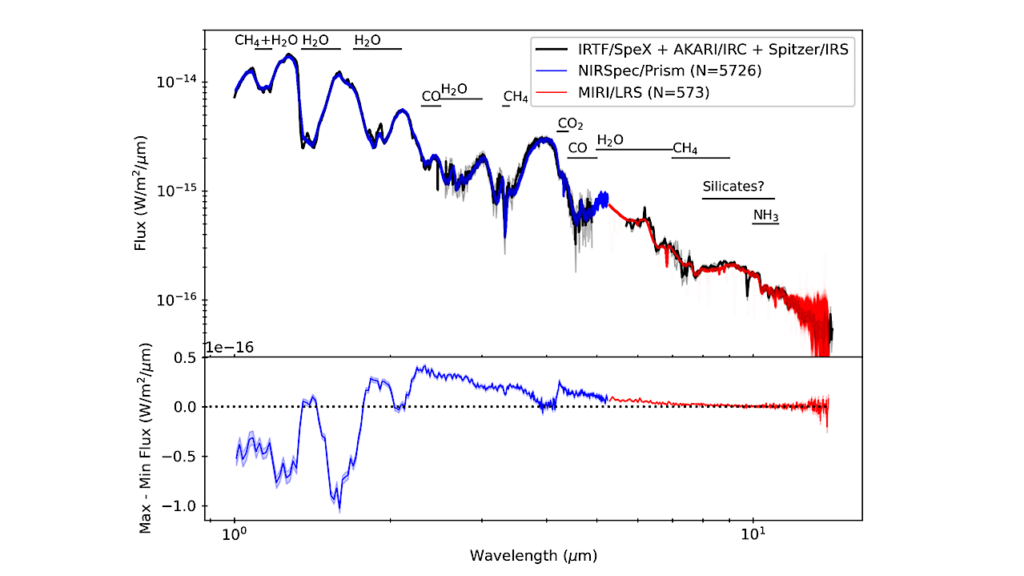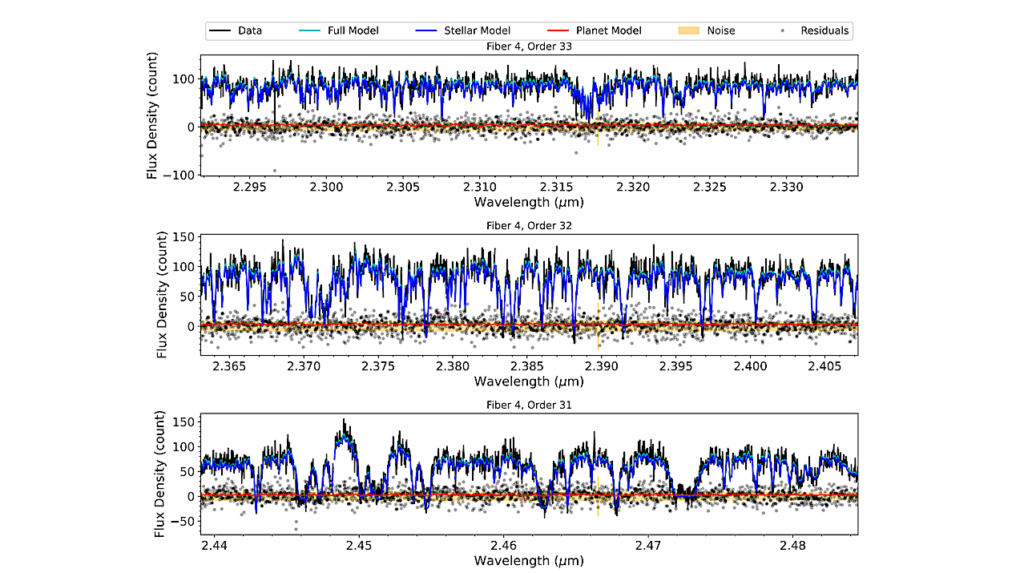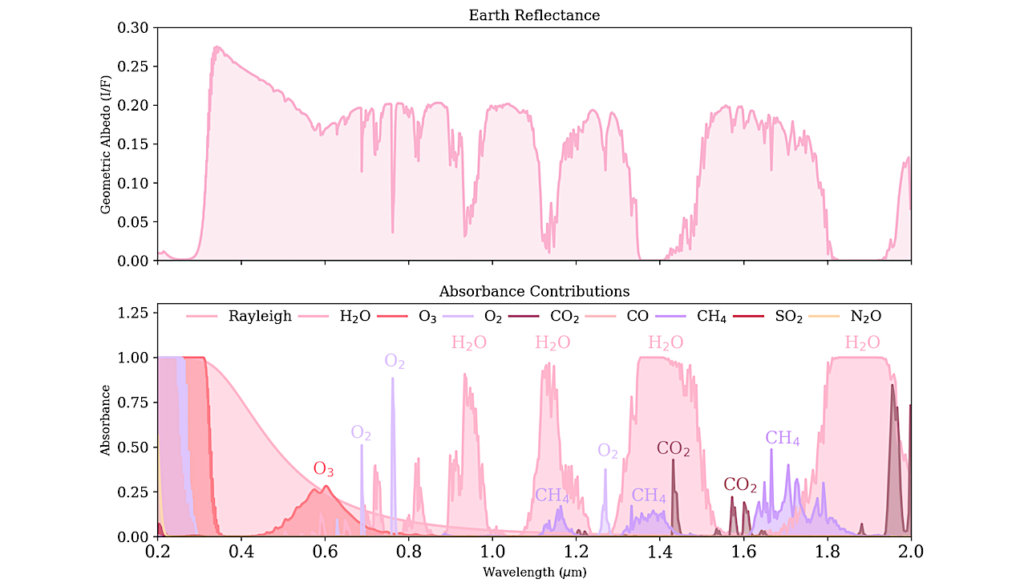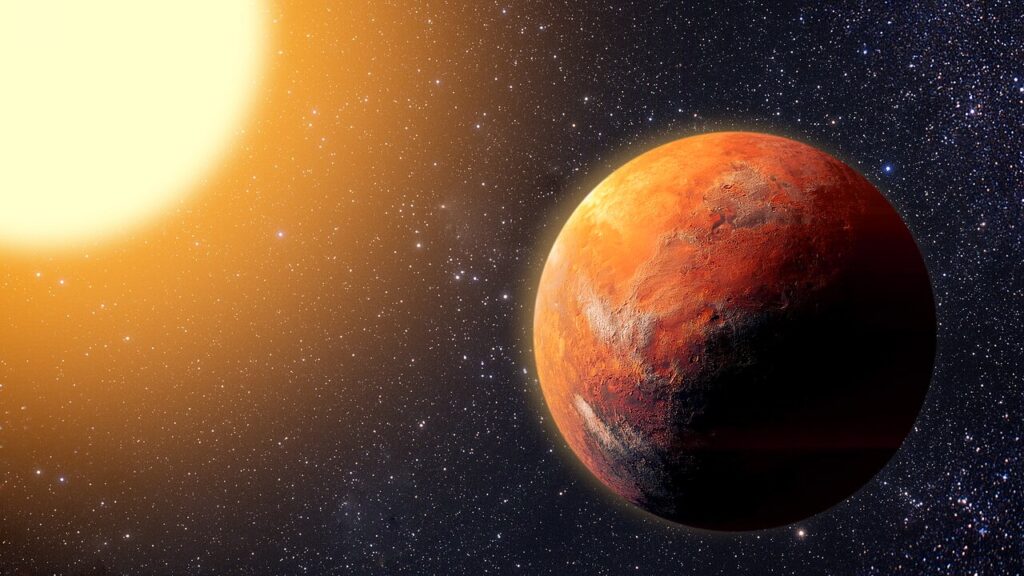Machine Learning Inference Of The Interior Structure of Low-mass Exoplanets

We explore the application of machine learning based on mixture density neural networks (MDNs) to the interior characterization of low-mass exoplanets up to 25 Earth masses constrained by mass, radius, and fluid Love number k2.
We create a dataset of 900000 synthetic planets, consisting of an iron-rich core, a silicate mantle, a high-pressure ice shell, and a gaseous H/He envelope, to train a MDN using planetary mass and radius as inputs to the network. For this layered structure, we show that the MDN is able to infer the distribution of possible thicknesses of each planetary layer from mass and radius of the planet.
This approach obviates the time-consuming task of calculating such distributions with a dedicated set of forward models for each individual planet. While gas-rich planets may be characterized by compositional gradients rather than distinct layers, the method presented here can be easily extended to any interior structure model. The fluid Love number k2 bears constraints on the mass distribution in the planets’ interior and will be measured for an increasing number of exoplanets in the future. Adding k2as an input to the MDN significantly decreases the degeneracy of the possible interior structures.
Philipp Baumeister, Sebastiano Padovan, Nicola Tosi, Grégoire Montavon, Nadine Nettelmann, Jasmine MacKenzie, Mareike Godolt
(Submitted on 28 Nov 2019)
Comments: 14 pages, 7 figures, accepted for publication in ApJ
Subjects: Earth and Planetary Astrophysics (astro-ph.EP)
Cite as: arXiv:1911.12745 [astro-ph.EP] (or arXiv:1911.12745v1 [astro-ph.EP] for this version)
Submission history
From: Philipp Baumeister
[v1] Thu, 28 Nov 2019 15:12:38 UTC (5,267 KB)
https://arxiv.org/abs/1911.12745
Astrobiology








